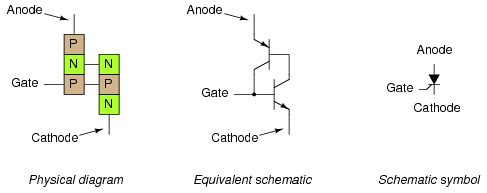weressl
Esteemed Member
Not sure that's entirely correct......
For simple numbers take, for example, a 120V, 120W lamp being fed by a solid state dimmer. Nominal current is !A.
Fully phased on, the dimmer might drop a couple of volts, thus, in round figures, dissipates 2W. The lamp now has 118V across it. If its temperature didn't change, it would now consume about 116W.
Of course it isn't as simple as that. The temperature will change some which makes it not such a simple calculation. The power may not go down very much but I think it unlikely to go up.
P.S.
I apologise for having spelt your name incorrectly in an earlier post.
At least I remembered who the BASF guy was. :wink:
I would have been more accruate if I stated that the light efficacy would be affected, eg. with the dimmer you would not get the same lumen/watt ratio, but always less weather it is at full or at partial load.
No problem, at my previous location - also with BASF - I had a collection of the mis-spellings. I had about 50, none the same.:smile:


